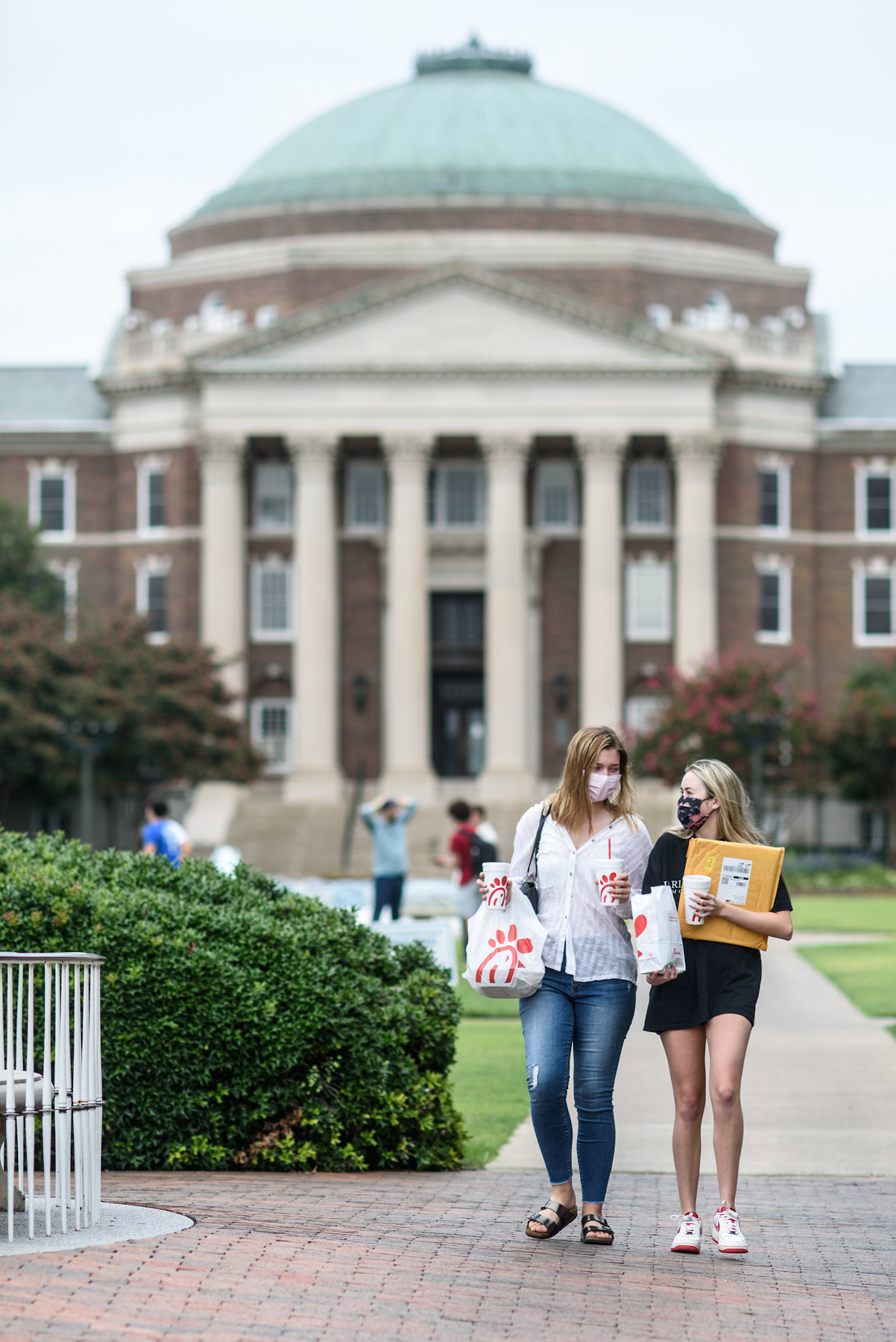On Tuesday, Dallas County reported 758 new COVID-19 cases from September, a major uptick from the past several days. It is part of a larger trend that could be a third wave of COVID-19 in North Texas.
Since July, after significant declines and a stabilization of sorts, Dallas County’s seven-day averages of ER visits and hospitalizations due to COVID-19 have been trending up since mid-September, a cause for concern for health officials. The seven-day average for Dallas County in daily cases has also trended up since mid-September. This week’s seven day average for new cases is up to 307 from 261 the previous week, nearly a 15 percent increase.
The county’s positivity rate, which can difficult to pin down because county officials aren’t sure when all the tests were given, also increased to 11 percent from 10 percent last week. Nationwide, the case count increases look similar. While deaths nationwide have dropped 16 percent in the previous two weeks, new cases are up 11 percent in the last 14 days. Deaths often lag behind new cases, as it takes weeks for those new cases to end up with hospitalizations and potential deaths.
After dropping throughout July, August and early September saw a stabilization of case numbers, says Dr. Trish Perl-DeLisle, the chief of the Division of Infectious Diseases at UT Southwestern. But recent trends have her worried. “In the past week or so, we’ve seen increases in positivity rates and increases in hospitalizations, and modeling projections are now suggesting that there will be increases,” she says. “We’re actually very concerned that we’re at the beginning of the next wave.”
The reasons for the increase are more challenging to discern. Restaurants and other retail now have permission from the governor to welcome 75 percent of their capacity. Area schools and colleges have begun again. Meantime, COVID-19 fatigue has set in for many, reducing isolation and possibly increasing the spread. “I think it is just a general tiredness with a lot of the masking and social distancing and a lack of understanding that this is going to go on for a while, and we can’t stop doing it,” Perl-DeLisle says of our efforts.
UTSW’s projections for future cases say Dallas County will add around 1,000 new cases a day by the end of the year, but that can all change if prevention becomes a few percentage points more effective. Projections show skyrocketing cases if the masking, schools opening, social distancing, mobility, and other efforts are 61 percent effective. Get that up to 68 percent effectiveness and it could almost eliminate new daily cases. So why would such a small percentage make such a big difference in outcomes?
Perl-DeLisle says that because of the way the disease spreads through the population, small changes have an outsized impact, similar to how a car crash at 65 mph is more deadly than one at 55 mph by a factor greater than the increase in speed. “You have to think of it as this logarithmic change because it’s amplified in a lot of people. And when 10 people do it, as opposed to one, it’s just huge,” she says.
County Judge Clay Jenkins echoes her concerns.
“Over the last two weeks, increased capacities at retail establishments and a letting down of the guard at functions at home, along with some outbreaks at schools (although those numbers have been manageable), and a significant increase in the number of COVID-19 positive cases in people 18-22, both in college and not in college, has led to the stop of our improvement,” Jenkins said in a statement. “These increases now threaten to push us back into the sort of numbers that we saw in August if we don’t all work together to make smart decisions.”
When she isn’t on service seeing patients, Perl-DeLisle is working with the Dallas County Health Department, creating public-facing documents for what people should be doing in different settings. She is also working on updating industry and employer guidelines, encouraging masking efforts, and future modeling.
The grind is taking its toll on her and other healthcare workers, who are physically and emotionally exhausted.
“Some of these people haven’t had a day off since February, and I’m worried,” she said. “It’s not like they are going to get a break. We don’t know what this is going to bring.”
As the colder months arrive, Perl-DeLisle is worried about what’s ahead for healthcare workers and society in general. She is troubled that UTSW’s predictions will come true, as they have throughout the pandemic. Future supplies of personal protective equipment, the mental health of isolated patients and healthcare workers, and the disease’s continued impact on young and old alike are top of mind. She is also concerned with the politicization of what should be scientific certainty.
“I had someone walk up to me and make fun of me for wearing a mask the other day,” she says. “What do you say to them? It’s not political. It’s a reality.”





